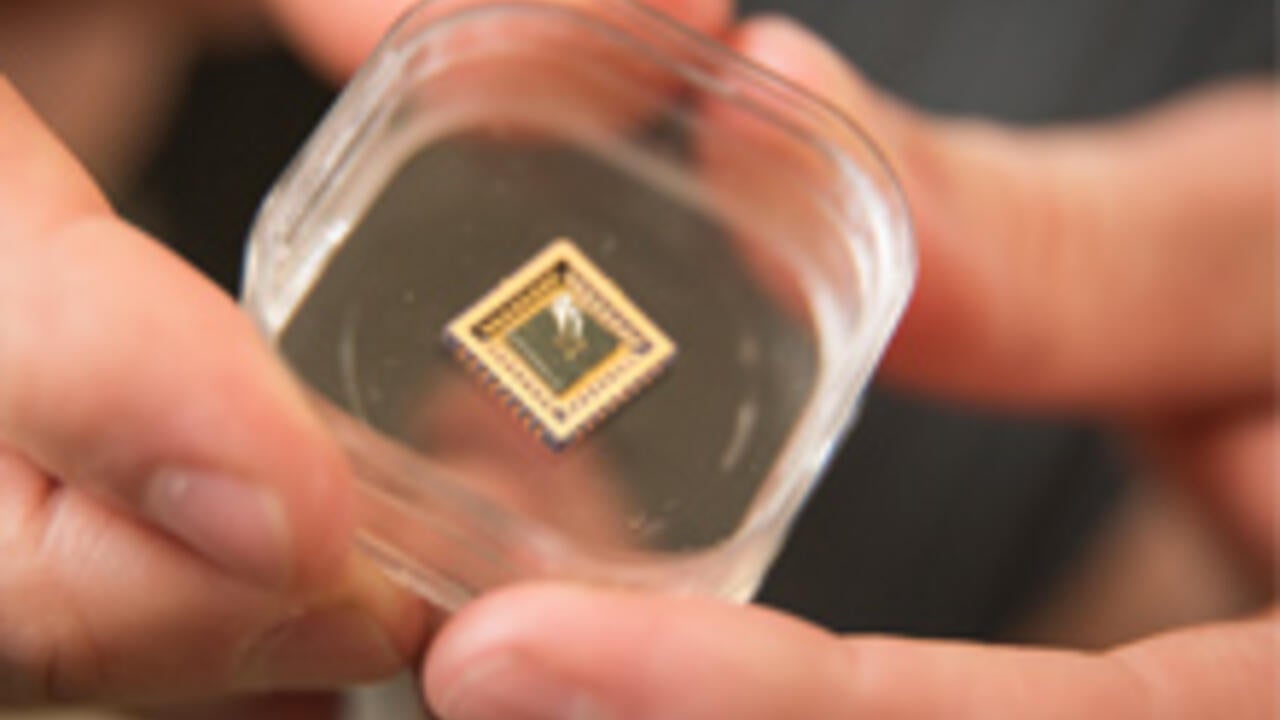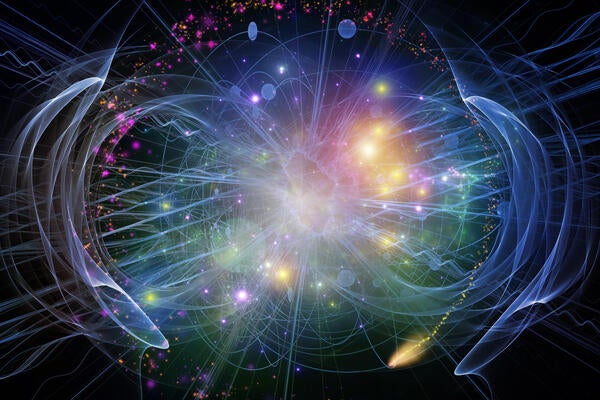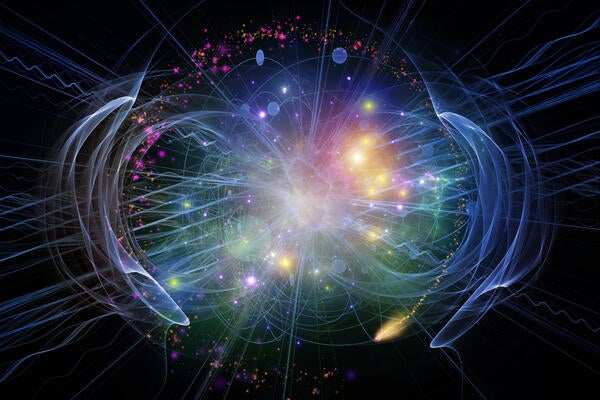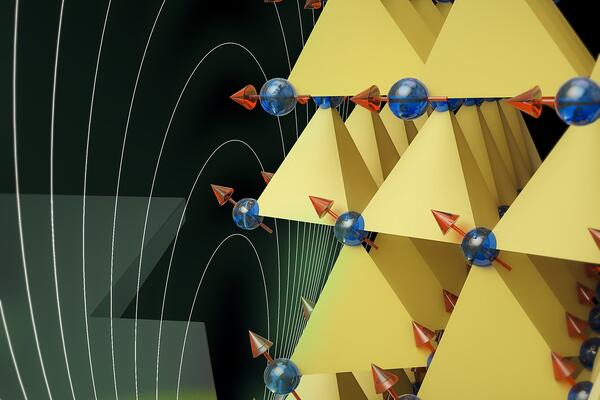
Waterloo researcher loves the hands-on side of quantum science
A quantum magnetometer that could measure earthquake risk with better accuracy is just one potential application

A quantum magnetometer that could measure earthquake risk with better accuracy is just one potential application
By Heather Bean Communications and Public AffairsW hen Jonathan Baugh was younger he loved to tinker: “I always loved to build things; trying to figure out how they worked,” he says. “I enjoyed science before I realized it was science,” says the University of Waterloo chemistry professor.
hen Jonathan Baugh was younger he loved to tinker: “I always loved to build things; trying to figure out how they worked,” he says. “I enjoyed science before I realized it was science,” says the University of Waterloo chemistry professor.
A great high school teacher nudged him toward physics. These days he’s tinkering with an electron beam a mere five nanometres wide—that’s five billionths of a metre — to write patterns on a computer chip.
His goal? The world’s first quantum computer.
Baugh, originally from Tennessee, leads researchers at the Coherent Spintronics Laboratory at the University’s Institute for Quantum Computing (IQC). After four years at Waterloo as a postdoc from 2002-2006, Baugh accepted a post at the University of Tokyo. But he was drawn back by IQC’s potential to act as a nursery for a “Quantum Valley.”
Figuring out the underlying physics
“We should take advantage of the fact that we’re already, in some ways, at the forefront” of quantum information research, says Baugh. “People who developed some of the first quantum algorithms are here.” As leader on the experimental side, Baugh is working to strengthen the institute’s fabrication and nanotechnology capabilities.
Baugh relishes the hands-on work of nanotechnology research, especially the challenge of unexpected results from his experiments: “You’re measuring a real-world thing that’s not theoretical. . . You have to figure out the underlying physics behind what’s happening.”
A quantum computer may be years away, but Baugh’s current research is yielding potential applications now. He’s working with Teledyne-Dalsa, a Waterloo semiconductor company, to develop nanowire-based infrared detectors. His research could also lead to sensitive magnetometers, which can be used in mining or earthquake risk assessment by measuring the Earth’s magnetic field very precisely.
If developing quantum technology is IQC’s obvious aim, Baugh argues its mission is also to spark public interest in “the weirdness and strangeness” of quantum mechanics. Public outreach, says Baugh, may generate for the world of electrons, photons and nano-sized objects the same feeling of wonder that space travel inspired half a century ago.

Read more
The awarded proposal seeks to understand and mitigate the loss of quantum information

Read more
Scientists recreate properties of light in neutral fundamental particles called neutrons

Read more
A new imaging technique using quantum science may lead to novel drug therapies and treatment options, a recent study has found.
The University of Waterloo acknowledges that much of our work takes place on the traditional territory of the Neutral, Anishinaabeg and Haudenosaunee peoples. Our main campus is situated on the Haldimand Tract, the land granted to the Six Nations that includes six miles on each side of the Grand River. Our active work toward reconciliation takes place across our campuses through research, learning, teaching, and community building, and is co-ordinated within the Office of Indigenous Relations.